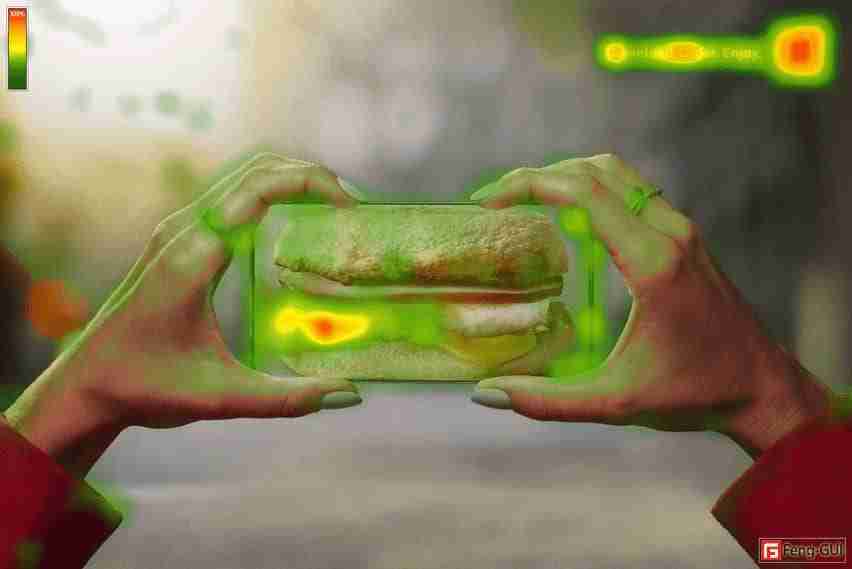Shopping Journey
A measurement of a consumer’s movement through a particular space using GPS technology.
What Is Visual Attention Analysis (VAA)?
Visual Attention Analysis (VAA) or Predictive Eye Tracking (PET) is a new type of neuromarketing technique that uses an AI-based predictive eye-tracking analysis system to evaluates the visual effectiveness of stimulus, ranging from branding and advertising to packaging design.

The system takes into account visual features such as colour, contrast, size, orientation, faces and much more to provide instant feedback on the visual performance of static and dynamic stimuli. Analysis is based on comparisons against real eye-tracking data sets to predict where as person will look, how long and even in what order. Outputs of VAA are similar to those of real eye-tracking, including heat maps, opacity maps and gaze plots. Users can also select Areas of Interest (AOIs), providing statistics on visibility, time to first fixation, fixation length and much more.
VAA is often used as an alternative to regular real eye tracking as it is a much cheaper, faster neuromarketing technique. VAA is often used alongside traditional market research to evaluate the effectiveness of print media, digital ads, packaging designs, shelf layouts and signage. For example, you could use VAA to determine which elements of a web page attract the most consumers’ attention, helping inform brands how to create more effective formats and layouts.
Keep up to date with the latest news from Vision One.
A measurement of a consumer’s movement through a particular space using GPS technology.
System 1, developed by Kahneman (2011), refers to the brain’s processing of information quickly, instinctually and emotionally, and this is usually done unconsciously. The opposite to System 1 is System 2 which is responsible for slow, conscious, logical and deliberative thinking.